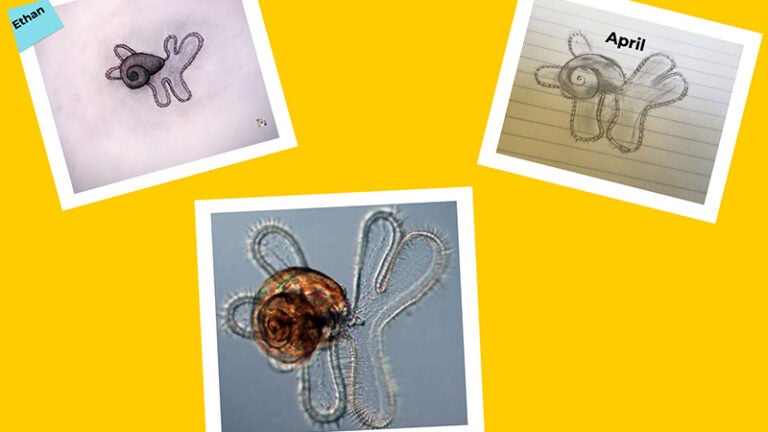
USC Sea Grant program helps L.A. kids become young scientists and engineers
When his classes went remote last spring, fifth-grader Benjamin Santos felt like learning had lost its spark. But after attending a Zoom session about the perseverance of the Super Soaker’s inventor, he feels the spark has returned.
The meeting was part of USC Sea Grant’s monthly “Storytime with a Scientist” virtual learning series that allows students in the Los Angeles Unified School District to engage with scientists remotely.
“Storytime with a Scientist” is an initiative of the Sea Grant enrichment program at the USC Dornsife College of Letters, Arts and Sciences. It aims to provide students from the communities surrounding USC and beyond with STEM (science, engineering, technology and mathematics) experiences that prompt their curiosity and encourage them to investigate and explore using scientific thinking.
Program leaders are helping the children see themselves as scientists, technologists, engineers and mathematicians, said Linda Anne Chilton, the education program coordinator for USC Sea Grant.
As part of the Sea Grant program, fifth-graders developed and carried out experiments with the lab at the USC Wrigley Marine Science Center on Santa Catalina Island of the coast of Los Angeles to understand how plants gain mass.
This spring, middle schoolers developed bioengineered solutions using the adaptations they learned from studying intertidal life on the island, and high schoolers studied plastics and learned more about alternatives in Gabilan Assistant Professor of Chemistry Megan Fieser’s lab.
Chilton said participants are “starting to think about themselves more as an engineer, an inventor or a designer,” rather than just as students.
She noted that there’s an element of social-emotional learning, as well. Students are learning ways to “express feelings and concern,” she said, “and tying it also to the natural world and what they’re exploring.”